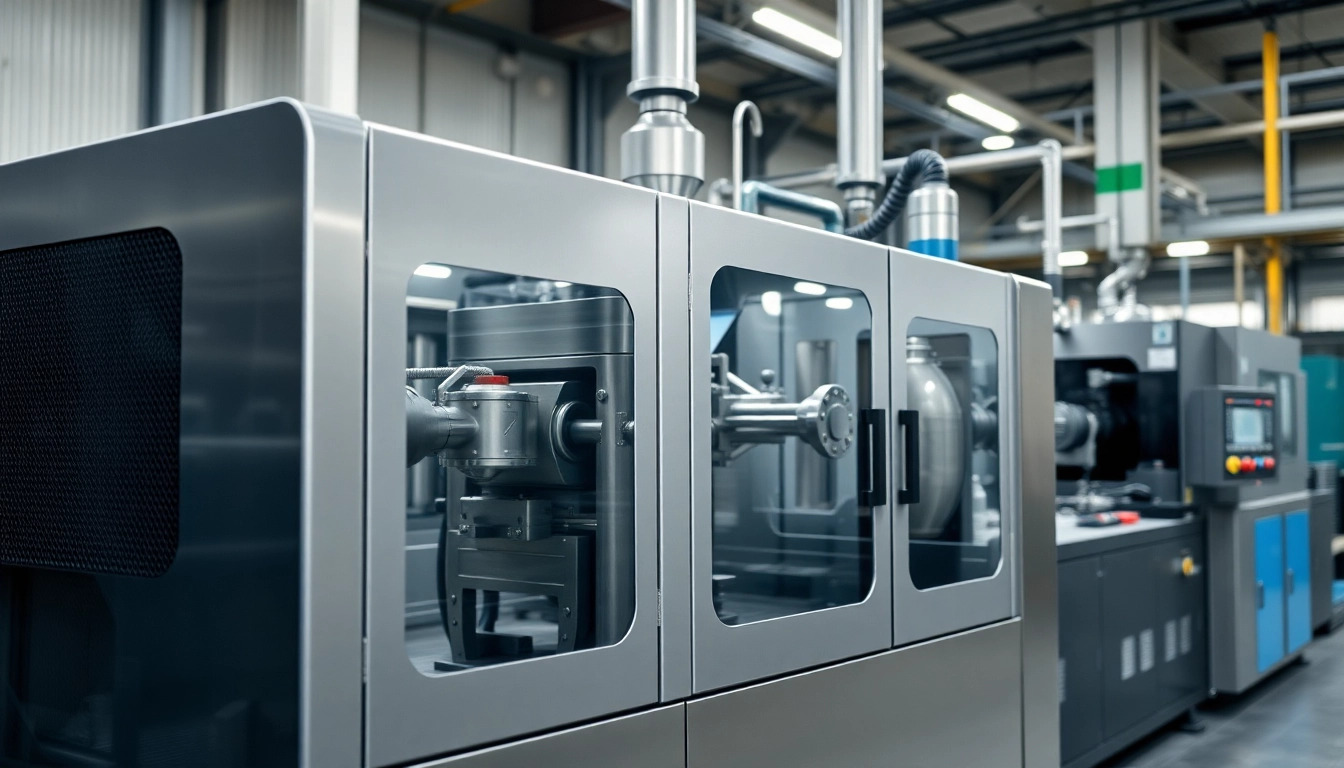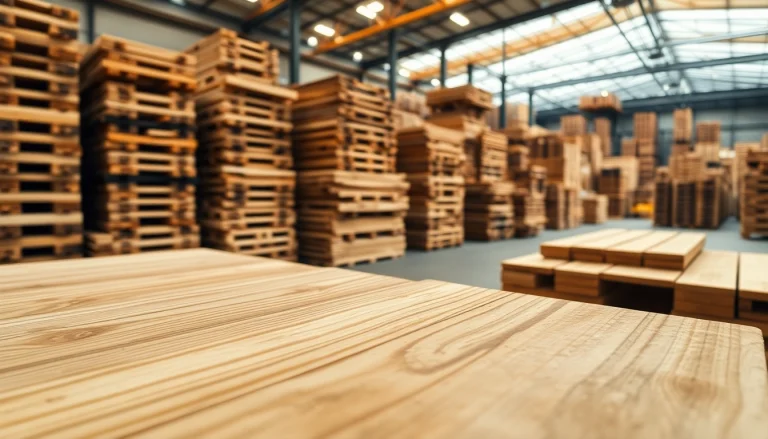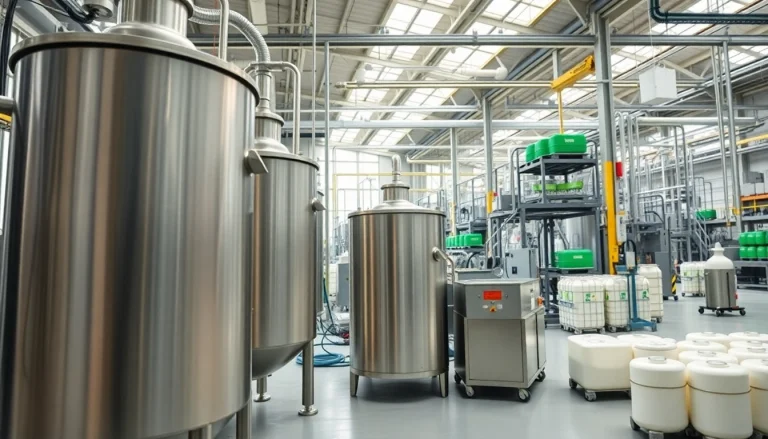Introduction to Blow Molding Machines
In the ever-evolving landscape of plastic manufacturing, Blow Molding Machines stand out as essential tools for producing a wide array of plastic products. Whether you’re in the beverage industry crafting bottles or in packaging creating containers, understanding how these machines operate and the technologies they utilize is pivotal for optimizing production efficiency and product quality. This article will explore what blow molding machines are, the types of processes they employ, their key features, comparisons among different technologies, essential maintenance practices, and future trends that are shaping this vital industry.
What is a Blow Molding Machine?
A blow molding machine is a transformative piece of equipment that molds plastic materials into desired shapes using air pressure. The process begins with heating plastic until it is pliable, forming a parison—a hollow tube of melted plastic. This parison is then placed into a mold, where powerful air is blown into it, expanding it until it conforms to the mold’s shape, much like blowing up a balloon. The result is a variety of hollow shapes, including bottles, containers, and automotive parts.
Types of Blow Molding Processes
Extrusion Blow Molding (EBM)
Extrusion blow molding is one of the most common methods used in the industry. In this process, a continuous tube of plastic is extruded and then expanded within a mold. This enables the production of large quantities of uniform products, making it ideal for items like plastic bottles and containers.
Injection Blow Molding (IBM)
Injection blow molding, as the name indicates, combines injection and blow molding processes. A preform is created through injection molding, which is then placed in a blow mold for expansion. This method is particularly effective for achieving higher precision in the dimensions of hollow objects, making it ideal for products requiring exact specifications.
Injection Stretch Blow Molding (ISBM)
Injection stretch blow molding is an advanced technique where the preform is not only blown but also stretched during the blow molding process. This results in enhanced strength and clarity in the final product, which is especially desirable for PET bottles used in the beverage industry.
Applications of Blow Molding Machines
Blow molding machines play a critical role in various industries. Their applications span:
- Beverage Industry: Primarily used for producing bottles, including soda, water, and juice containers.
- Packaging: Used for creating a variety of containers that can hold food products, chemicals, and pharmaceuticals.
- Automotive: Manufacturing parts such as fuel tanks, air ducts, and other components that necessitate lightweight and durable materials.
- Consumer Goods: Used to produce household items such as toys, storage containers, and personal care products.
Key Features of Modern Blow Molding Machines
Efficiency and Speed Enhancements
Modern blow molding machines are designed with features that maximize productivity. From servo-driven systems that improve cycle times to automation and robotics that streamline operations, these machines significantly reduce downtime and empower manufacturers to meet market demands swiftly.
Advanced Control Systems
Programmable logic controllers (PLCs) and human-machine interfaces (HMIs) are critical components in today’s machinery. Such systems allow operators to monitor and control processes with a high degree of precision, leading to improved production consistency and quality.
Energy Consumption Optimization
Energy efficiency is a growing concern across industries, and blow molding technology is no exception. New machine designs incorporate energy-saving features like servo motors and heat recovery systems to reduce power consumption and operational costs.
Comparing Different Blow Molding Technologies
Extrusion Blow Molding vs. Injection Blow Molding
While both extrusion blow molding and injection blow molding are effective, they cater to different requirements. EBM allows for higher production rates and lower costs for simple designs, while IBM is preferred for its precision in complex designs and tighter tolerances. Businesses must choose the method based on their specific product needs and manufacturing capabilities.
Cost Comparisons of Blow Molding Machines
Investment in blow molding machines can vary significantly depending on the technology and capabilities. On average, equipment costs can range from $50,000 to over $500,000. Additionally, while initial investments for multi-cavity molds might be higher, they typically yield lower per-unit costs over time.
Choosing the Right Technology for Your Needs
Selecting the appropriate blow molding technology depends on multiple factors, including:
- Product design complexity
- Material type
- Production volume
- Budget constraints
Engaging with a knowledgeable supplier can ensure you choose the best machine for your production requirements.
Maintenance Practices for Blow Molding Machines
Routine Maintenance Checks
Regular maintenance is essential to ensure the longevity and efficiency of blow molding machines. Key practices include:
- Inspection of hydraulic systems for leaks.
- Regular cleaning of molds to prevent residue buildup.
- Calibration of control systems to ensure accuracy.
Troubleshooting Common Issues
Even the best machines can experience issues. Common challenges include:
- Defects in product quality, which may require calibration adjustments.
- Inconsistent cycle times, often remedied by checking the hydraulic system.
Documenting these issues aids in faster resolution and can prevent future occurrences.
Extending Machine Lifespan
To extend the lifespan of a blow molding machine, manufacturers should consider:
- Regularly upgrading software and control systems.
- Investing in training for operators to handle machinery safely and effectively.
- Implementing predictive maintenance strategies to foresee and address issues before they escalate.
Future Trends in Blow Molding Machine Technology
Automation and Industry 4.0 Integration
Industry 4.0 is transforming manufacturing, and blow molding is no exception. The rise of IoT (Internet of Things) technology is enabling real-time monitoring and analytics, allowing manufacturers to optimize production processes and preemptively solve issues before they affect the supply chain.
Environmental Impact and Sustainable Practices
As sustainability becomes a priority, blow molding machines are evolving to meet these demands. Innovations include the development of machines capable of processing recycled plastics and implementing energy-efficient features, minimizing the ecological footprint of production.
Innovations in Materials and Design
The push for lighter, stronger, and more versatile plastics is influencing blow molding design and manufacturing techniques. Emerging materials like bio-based plastics and advanced polymers are set to revolutionize product functionality while reducing environmental impact.








